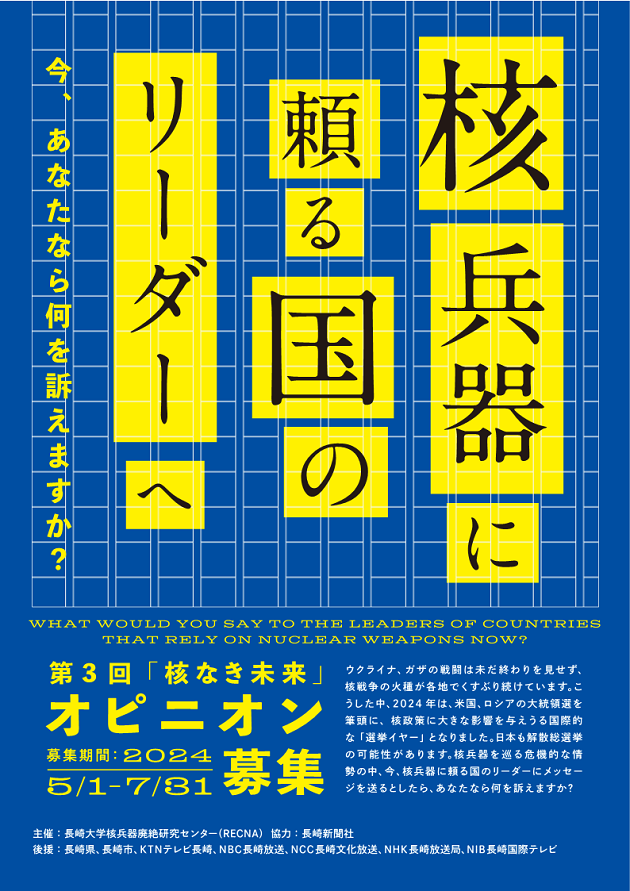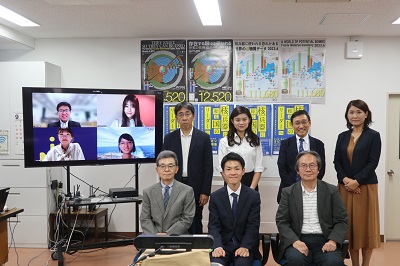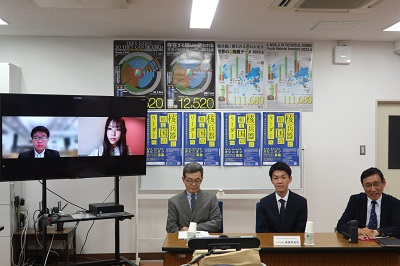2024年10月7日
Introduction: Reducing the Risk of Nuclear Weapons Use in Northeast Asia
Shatabhisha Shetty
October 7, 2024
This report is published under a 4.0 International Creative Commons License the terms of which are found
here.
This report is simultaneously published by the
Asia-Pacific Leadership Network, Nautilus Institute, and the Research Center for Nuclear Weapons Abolition, Nagasaki University (RECNA).
It was first published in the
Journal for Peace and Nuclear Disarmament.
Acknowledgements: This article was commissioned by the Asia-Pacific Leadership Network.
Abstract
This paper summarises the joint collaborative project between the Nautilus Institute, the Research Center for Nuclear Weapon Abolition, Nagasaki University (RECNA), the Asia Pacific Leadership Network for Nuclear Non-Proliferation and Disarmament (APLN) and the Panel on Peace and Security of Northeast Asia (PSNA) examining cases of nuclear weapons use in a conflict in Northeast Asia by devising and analysing plausible pathways that could lead to the first use of nuclear weapons, and quantitatively estimating the fatalities and health effects of nuclear weapons use. The paper also describes the final year analysis with contributing essays by international experts and recommendations for narrowing the space for nuclear use-case scenarios to arise in the first place through forms of mutual threat reduction (structural risk reduction) and managing within-scenario risks (situational risk reduction) more responsibly if they arise.
Keywords: Nuclear Weapons; Northeast Asia; Korean Peninsula; Arms Control; Nuclear Risk Reduction
Authors’ Profile:
Shatabhisha Shetty is the Executive Director of the Asia-Pacific Leadership Network for Nuclear Non-Proliferation and Disarmament (APLN). She is a co-founder of the European Leadership Network (ELN), serving as Deputy Director for over a decade before joining the ELN Executive Board in 2020. She is a project advisory board member of Leicester University’s Third Nuclear Age, assessing strategic conventional weapons and the next revolution in the global nuclear order and sits on the Advisory Committee for Women in International Security-UK (WIIS-UK). Her research interests include nuclear and conventional arms control, disarmament diplomacy, great power politics, and emerging technologies, and she has written and spoken internationally on a range of related issues.
Full text (PDF) is here.
The views represented herein are the author’s own and do not necessarily reflect the institutional positions.
The page for this project is here.
























